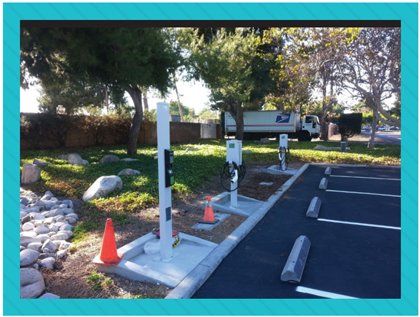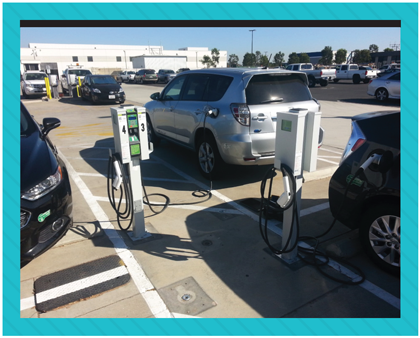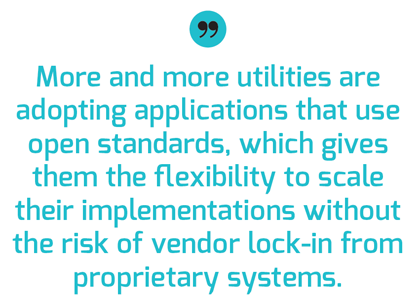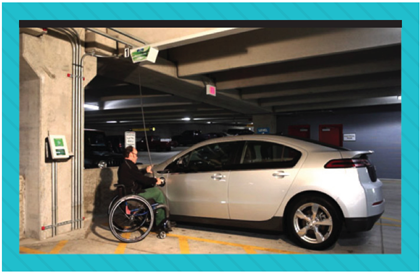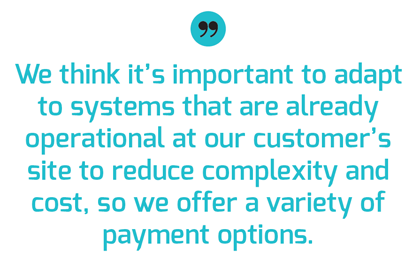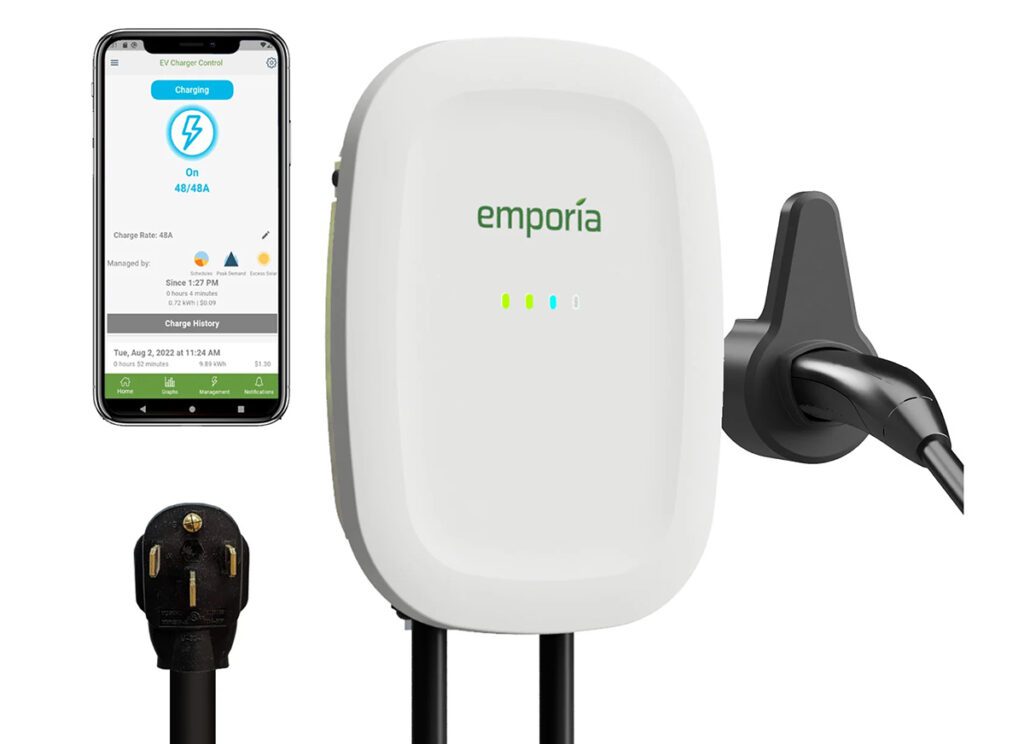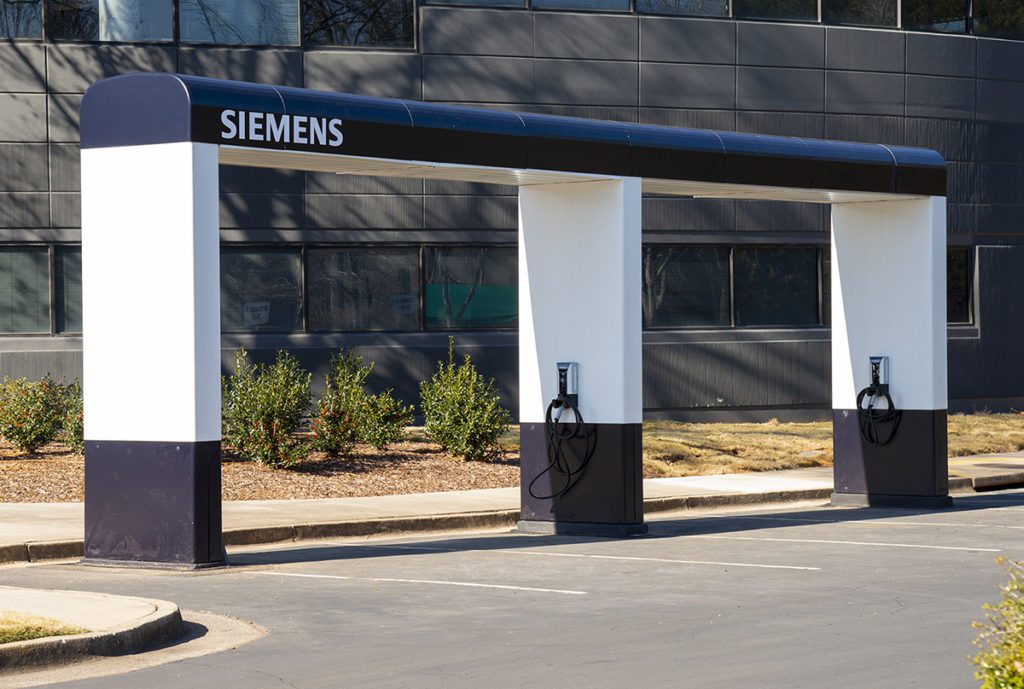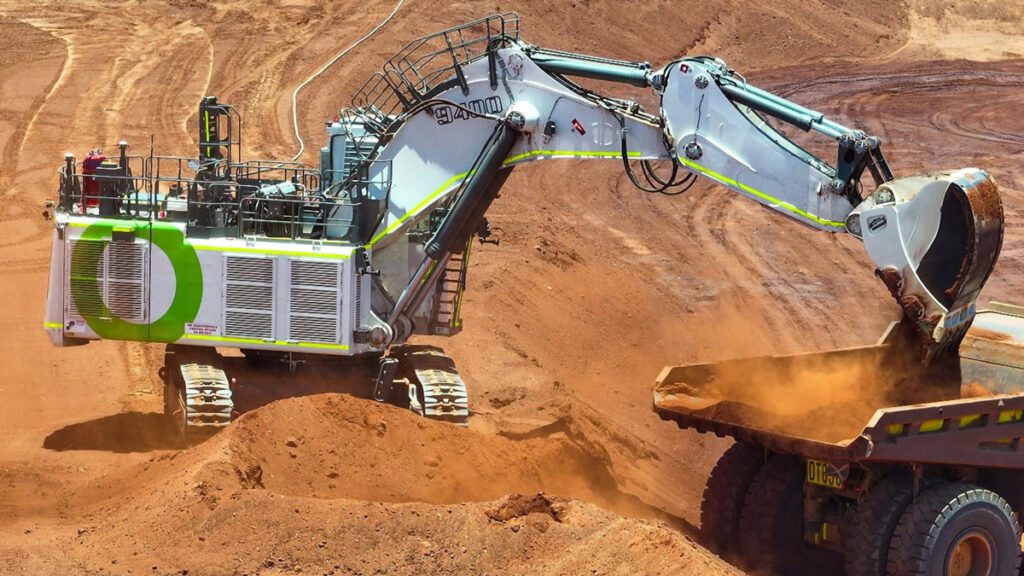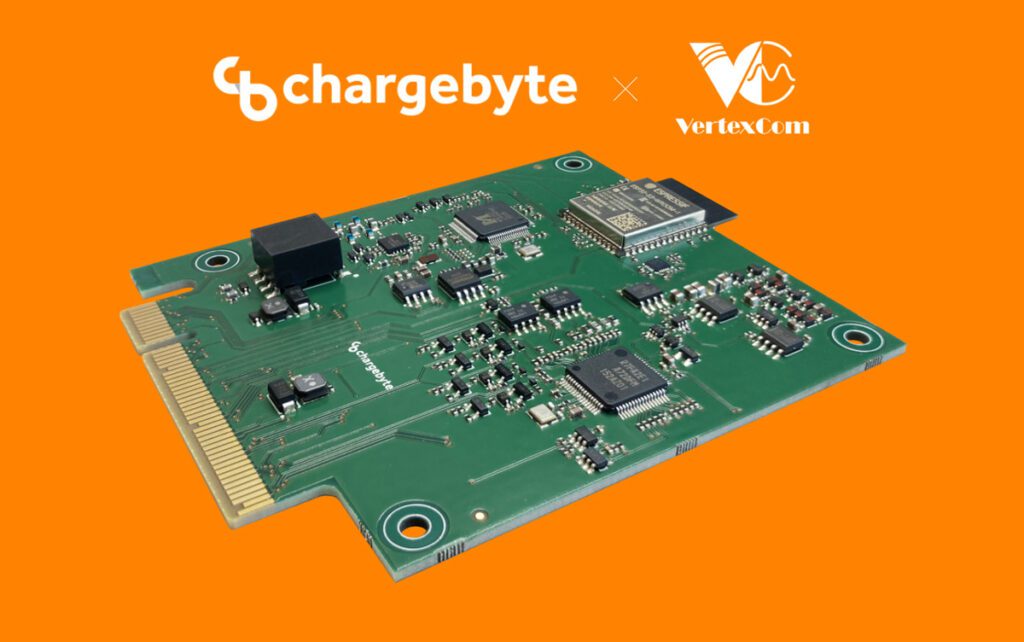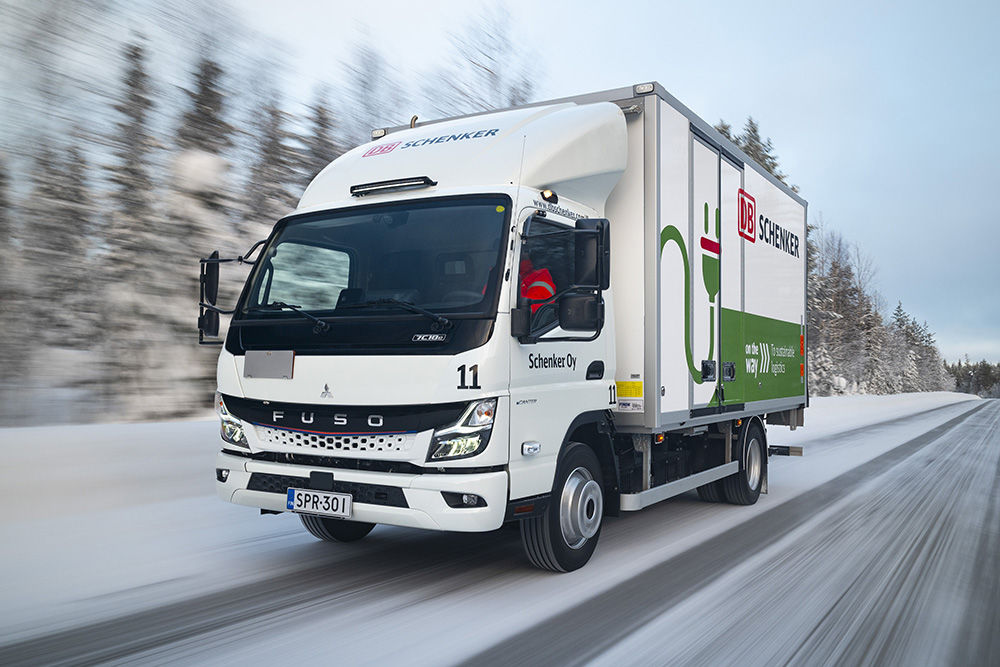EVSE LLC, Greenlots and Southern California Edison control peak charging demand
Electric utilities around the world have been studying the potential impact of EVs on the grid.
The largest pilot program with smart grid demand response (OpenADR 2.0b) that we’ve seen is an 80-unit deployment of EVSE LLC’s Level 2/Level 1 combo smart charging stations at multiple Southern California Edison (SCE) campus locations. SCE is one of the nation’s biggest electric utilities, and its goal is to study how dynamic pricing will influence charging behavior and reduce charging during peak demand period.
In this project, Connecticut-based EVSE LLC’s hardware is controlled via back-end management from San Francisco’s Greenlots, and customers will be able to opt in to different tiers of demand response options. “On each campus there is an arrangement of EVSE with payment modules,” Daniel Shanahan, EVSE LLC’s Director of Sales and Marketing, explained to Charged. “Greenlots, the network manager, continuously sends the updated pricing – set by SCE – to our charging stations, where it’s displayed to drivers. The user then chooses between Level 1 or Level 2 and whether or not to participate in demand response events.”
EVSE LLC’s hardware displays three options to drivers for demand response events. They can choose not to stop or reduce charging power at all – the highest-priced option. They can choose to reduce charging power by 50% when SCE signals that a demand response event is occurring – the mid-priced option. Or, they can choose to completely stop charging when response events occur, and pay no fee during those times.
SCE will periodically make adjustments in the pricing structure to evaluate the response and determine how pricing impacts their customer’s behaviors.
Workplace charging challenges
Many in the EV industry have been pushing for an increase in the availability of EV charging at work. The DOE’s Workplace Charging Challenge aims to “increase the convenience and affordability of driving electric by encouraging employers to provide charging access for employees.” Its goal is to achieve a tenfold increase in the number of employers offering workplace charging by 2018. According to Navigant Research, annual US sales for workplace charging stations are expected to surpass 63,000 by 2020.
The problem for utilities and property managers, however, is that the employees often arrive at work around the same time, and will be charging during peak electricity use periods. As the number of EV drivers increases, the growing electrical load could stress the grid as well as building management systems. So, utilities and charging system integrators are looking for ways to manage those demands while providing EV drivers the benefits of charging at work.
Flexibility and openness
EVSE LLC’s smart charging station platform offers flexible charging options that can operate in two modes: Level 2 (208 V to 240 V AC, 30 A max) and simulated Level 1, which is delivered at the same voltage as Level 2 but at the typical power consumption of Level 1 (208 V to 240 V AC, approximately 7 A). So, rather than having both Level 1 equipment and Level 2 equipment, the hardware can provide either level to the customer at the same voltage. More importantly, it meets the specifications of a large utility’s smart grid demand system, from a hardware and software standpoint.
“Another key aspect of the project is the use of open standards, which really increases the opportunity to scale these solutions and reduce demands on the grid and buildings all over the country,” said Shanahan. The project uses two open standards to reduce friction when deploying the charging stations: Open Automated Demand Response (OpenADR) and Open Charge Point Protocol (OCPP). OpenADR is a standardized way for electricity providers and system operators to communicate demand response signals with each other and with their customers. It uses a common language over any existing IP-based communications network. It’s the most comprehensive standard for demand response, and has received widespread support throughout the utility industry.
Similarly, OCPP is a standard that allows charging stations and central systems from different vendors to easily communicate with each other. Many networks and manufacturers around the world have adopted the protocol.
“EVSE LLC began working with Greenlots via OCPP in 2011,” said Shanahan. “Greenlots’ ability to interface with the standard, OpenADR 2.0b, ensures seamless two-way communications between the smart grid and the chargers.”
“By embracing workplace demand response programs, utilities gain new opportunities to engage their customers and avoid disintermediation by third parties,” said Brett Hauser, CEO of Greenlots. “More and more utilities are adopting applications that use open standards, which gives them the flexibility to scale their implementations without the risk of vendor lock-in from proprietary systems.”
In SCE’s pilot program, Greenlots’ network management system acts as the translator between the two communications standards. OpenADR 2.0b is the communication protocol between Greenlots and the utility, and OCPP is the protocol between Greenlots and the charging stations.
When a customer opts in to scaling back the charging power during a demand response event, the hardware provides signals to Greenlots regarding the station’s status. Then, when Greenlots receives information from SCE about a demand response event, it sends the appropriate command to slow or stop charging to the stations. Each charger will be throttled in different ways based on what the user has selected, and Greenlots is tasked with tracking and commanding all of them appropriately.
“The other good thing about Greenlots and OCPP is that you don’t need a proprietary membership card to use this charging station,” said Shanahan. “It makes it easier on the customer, ensuring that all they ever need is a credit card to start the transaction.”
Other dynamic applications
EVSE LLC is a subsidiary of Control Module Industries (CMI) – one of its three divisions. The company has a long history of building electronic and electromechanical systems for large-scale integrations with back-end enterprise services. The company’s fleet management division has been working with the largest rental car companies in North America for 25 years – tracking vehicles, fuel, and people for millions of cars per day. CMI also has a worldwide deployment of workforce management solutions.
Given its history, it’s no wonder that EVSE has largely been focused on providing charging station solutions that integrate easily into the large enterprise world. Its charging activities began in 2009 with NorthEast Utilities (which is now Eversource Energy) when it installed the first and only patented ceiling-mounted garage overhead charger. The unit has a retractable cord system designed to keep the cable off the ground and meet booth ADA and OSHA requirements.
“We’ve done a lot of installations with state governments, municipalities, hospitals and universities,” said Shanahan. “We think it’s important to adapt to systems that are already operational at our customer’s site to reduce complexity and cost, so we offer a variety of payment options. Our stations can be controlled by RFID, credit cards, mobile phone apps, campus cashless card systems and parking access revenue control systems.”
Shanahan explains that future installations of dynamically priced demand response charging systems that are outside of SCE’s service area will require interest from utilities. However, the company is also working on interfacing the system with building management control systems. Instead of using a utility’s smart grid demand response platform, buildings and property owners could use the same systems already in place to control temperature, lighting, door access, etc.
As plug-in vehicles increase market share throughout the world’s fleet, centralized control for enterprise charging is going to become an important part of the puzzle. Distributed power smart-charging systems are an economical answer to many of the questions about the readiness of existing infrastructure.
This article originally appeared in Charged Issue 20 – July/August 2015. Subscribe now!






